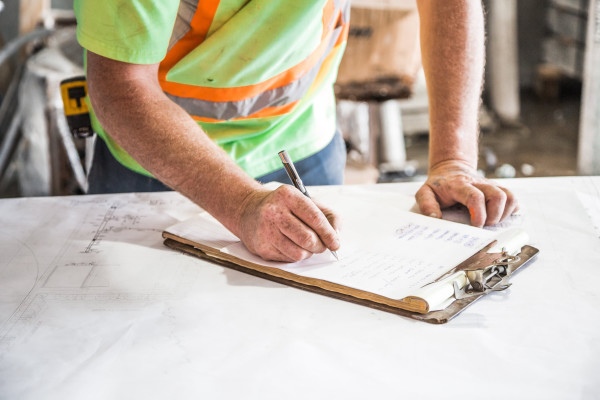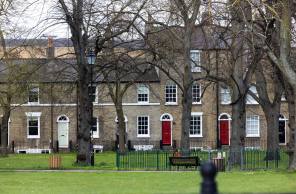

Owners of flats in buildings without cladding will no longer need an EWS1 form to sell or remortgage.
An agreement was reached over the weekend (November 21) between the government and the Royal Institution of Chartered Surveyors (RICS), UK Finance and the Building Societies Association (BSA).
According to the Ministry of Housing, Communities and Local Government (MHCLG) the move will benefit up to 450,000 flat owners.
It added that the EWS1 process was being applied to other buildings without cladding, preventing some people from selling or moving home, and causing “unnecessary anxiety” for homeowners.
Robert Jenrick, housing secretary, said: “Through no fault of their own, some flat-owners have been unable to sell or re-mortgage their homes - and this cannot be allowed to continue.
“That’s why the government has secured agreement that the EWS1 form will not be needed on buildings where there is no cladding; providing certainty for the almost 450,000 homeowners who may have felt stuck in limbo.
“However, this is only part of a wider solution and we continue to support those homeowners who do have cladding on their buildings and where there is still more to do.
“I welcome the support we have received from RICS and industry to resolve this matter and will be working urgently with lenders to resolve these challenges, ensuring that EWS1 forms are requested only where absolutely necessary and that the number of surveyors able to complete them is increased urgently to meet demand.”
While building owners are already legally required to undertake fire risk assessments on all blocks of flats, MHCLG said that RICS would be working with lenders, valuers and fire safety bodies to develop new advice for surveyors, which will enable them to take a more “proportionate approach” and reduce the number of buildings where an EWS1 assessment is required.
The government has also announced funding of nearly £700,000 to train more building assessors to speed up the valuation process for homeowners who require an EWS1 form.
EWS1 forms confirm a fire safety assessment has been carried out on buildings above 18 metres before they can be sold or remortgaged.
The External Wall Fire Review process was agreed by RICS, the BSA and UK Finance in December 2019 following the Grenfell Tower fire.
But the forms have caused problems since and in September mortgage brokers reported delays and scuppered plans encountered by clients as a result of EWS1 forms.
In particular the onus on building owners to undertake the EWS process and form had led to homeowners unable to sell their property and many deals falling through as a result.
Sean Tompkins, CEO at RICS, commented: “[We] recognise the acute market shortage of fire engineers to carry out EWS1 assessments and welcome the government’s support on working with us to upskill other regulated professions, such as Chartered Building Surveyors, to create additional capacity in the market.”
In June the Housing, Communities and Local Government Committee described the EWS1 process as “slow and expensive”, and said it was concerned that the process was being applied to an “unnecessarily wide range” of buildings.
chloe.cheung@ft.com
What do you think about the issues raised by this story? Email us on fa.letters@ft.com to let us know.



